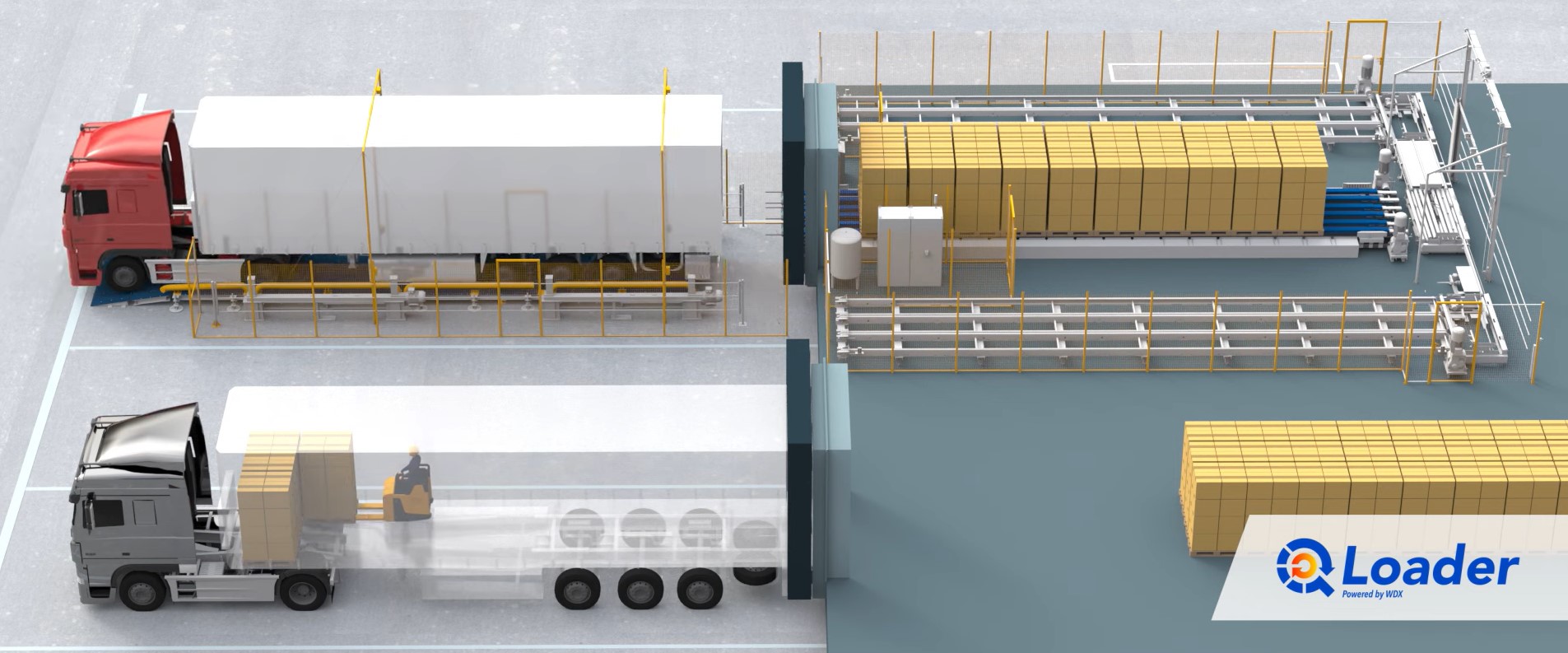
North America Additive Manufacturing Market by Type (Desktop 3D Printer and Industrial 3D Printer), by Technology (Stereolithography, Fused Deposition Modeling, Selective Laser Sintering, Direct Metal Laser Sintering, Polyjet Printing, Inkjet Printing, Electron Beam Melting, Laser Metal Deposition, Digital Light Processing, Laminated Object Manufacturing, and Other Technology), by Component (Hardware, Software, and Services), by Application (Prototyping, Tooling, and Functional Parts), and by End User (Desktop Additive Manufacturing and Industrial Additive Manufacturing) – Opportunity Analysis and Industry Forecast, 2024–2030
Industry: Construction & Manufacturing | Publish Date: 07-Nov-2024 | No of Pages: 160 | No. of Tables: 118 | No. of Figures: 83 | Format: PDF | Report Code : CM645
North America Additive Manufacturing Market Overview
The North America Additive Manufacturing Market size was valued at USD 7.46 billion in 2023, and is predicted to reach USD 30.32 billion by 2030, at a CAGR of 20.7% from 2024 to 2030. In terms of volume, the market size was 355 thousand units in 2023, and is projected to reach 1677 thousand units by 2030, with a CAGR of 22.7% from 2024 to 2030.
The additive manufacturing (AM) market, also known as additive layer manufacturing (ALM) or three-dimensional (3D) printing, encompasses the global industry focused on the development, production, and distribution of technologies and materials used to create three-dimensional objects layer by layer from digital models. This market serves various sectors, including aerospace, automotive, healthcare, and consumer goods, providing innovative solutions for prototyping, production, and custom manufacturing.
AM is known for its ability to produce highly complex and customized components with minimal material waste, resulting in significant cost savings and environmental benefits. A key characteristic of this market is the variety of printing technologies available, such as stereolithography (SLA), selective laser sintering (SLS), and fused deposition modelling (FDM), each designed for specific industry needs and applications. Additionally, the rapid prototyping capability of AM accelerates product development cycles, enabling businesses to innovate and bring products to market more quickly than traditional manufacturing methods.
Rapid Expansion of Automotive Industry Boosts the Growth of the Market
In North America, increased spending by the automotive industry significantly heightens the demand for additive manufacturing (AM) technologies. Automakers in the region are allocating resources toward innovative solutions that enhance efficiency, cost-effectiveness, and agility in production processes. By investing in AM, automotive companies aim to optimize manufacturing workflows, reduce lead times, and introduce novel designs that cater to evolving consumer preferences and regulatory standards.
According to a report published by the Center for Automotive Research in 2022, the U.S. automotive industry spends approximately USD 16 to USD 18 billion annually on research and product development, with 99% of that funded by the industry itself. This surge in spending reflects a strategic shift towards the adoption of AM for rapid prototyping, tooling, and the production of end-use parts.
Surge in Government Investment Propels the Market Growth
Government investments in advanced manufacturing across North America drives the AM adoption. These investments foster research, development, and the adoption of initiatives that propel innovation, enhance productivity, and strengthen the competitiveness of industries in the region. With targeted funding and supportive policies, such as grants, tax incentives, and collaborative programs, governments are incentivizing businesses to invest in advanced manufacturing technologies, including AM, to revolutionize production processes, reduce costs, and drive sustainable growth. For instance, the Canadian government invested around USD 177 million towards advanced manufacturing initiatives, as reported by the Canadian Manufacturing Technology Show.
High Upfront Cost Restrains Market Growth
The high upfront cost of additive manufacturing (AM) equipment, materials, and training serves as a significant restraining factor to market growth. This substantial investment poses a major hurdle for businesses, particularly smaller ones, limiting their ability to enter the market or expand their capabilities. Additionally, the cost of materials and training further adds to the overall expense. Consequently, many businesses are deterred from adopting AM technology due to these high upfront costs, thereby impeding the North America additive manufacturing market growth.
Integration of Artificial Intelligence (AI) in Additive Manufacturing Presents Lucrative Opportunity for Market Expansion
The integration of AI holds immense potential to drive North America additive manufacturing market trends by optimizing production processes, enhancing product design capabilities, and enabling the creation of highly customized and complex objects. By incorporating AI, companies can analyze vast amounts of data collected during the printing process—such as material properties, printing parameters, and environmental conditions—to identify patterns, optimize settings, and predict potential defects. This leads to improved print quality and reduced waste.
The U.S. Holds the Dominant Market Share in North America Additive Manufacturing Market
The increase in spending by the automotive industry in the U.S. is boosting the North America additive manufacturing market demand for AM technologies, as automakers allocate resources towards innovative solutions that enhance efficiency, cost-effectiveness, and agility in production processes. By investing in additive manufacturing, automotive companies aim to optimize manufacturing workflows, reduce lead times, and introduce novel designs that cater to evolving consumer preferences and regulatory standards. According to a report published by the Center for Automotive Research in 2022, the U.S. automotive industry spends approximately USD 16 to USD 18 billion annually on research and product development, with 99% of that funded by the industry itself. This surge in spending reflects a strategic shift towards the adoption of AM for rapid prototyping, tooling, and the production of end-use parts within the country’s automotive sector.
Furthermore, growing investment in healthcare in the U.S. is driving the demand for AM as the industry seeks innovative solutions to meet the needs of personalized medicine, patient-specific treatments, and medical device customization. With rising healthcare expenditures, there is a pressing need for cost-effective, on-demand production of complex medical components, prosthetics, implants, and surgical guides, all of that are efficiently achieved through AM technologies. According to the American Medical Association report in 2024, healthcare spending in the U.S. increased by 4.1% to approximately USD 4.4 trillion in 2022. This surge in healthcare investment necessitates the adoption of advanced medical devices such as AM for revolutionizing patient care, improving treatment outcomes, and advancing the overall quality and accessibility of healthcare services in the U.S.
Mexico to Witness Substantial Growth in the North America Additive Manufacturing Market
The growth of the consumer goods industry in Mexico is driving the demand for AM as companies strive to meet evolving consumer preferences for customized, high-quality products while maintaining cost-efficiency. AM allows manufacturers to produce personalized goods on-demand, reducing inventory costs and enabling rapid design iterations to keep pace with changing consumer trends. From customizable electronics to unique home goods and fashion accessories, additive manufacturing provides flexibility and agility in production, enabling Mexican consumer goods companies to differentiate themselves in the market and cater to niche customer segments. According to the ITA 2023, the retail industry in Mexico generated around USD 76 billion, encompassing over 47,000 retail stores. As the consumer goods industry continues to expand in the country, the adoption of AM technologies accelerates, further fueling innovation and market competitiveness in the sector.
Additionally, the significant growth of the healthcare sector in Mexico is driving the adoption of AM technologies as healthcare providers seek innovative solutions to address patient-specific needs, improve medical device customization, and enhance overall patient care. Additive manufacturing enables the production of personalized implants, prosthetics, and surgical tools tailored to individual patients. It also facilitates the rapid prototyping and iteration of medical devices, accelerating the development timeline and fostering the translation of medical innovations into practical healthcare solutions.
According to the latest report published by ITA, in 2022, Mexico's domestic manufacturing of medical devices reached approximately USD 16.33 billion, while its export value amounted to around USD 6.92 billion. The expansion of the healthcare sector in the country highlights the increasing demand for AM technologies to meet the evolving needs of patients and healthcare providers.
Competitive Landscape
The prominent key players operating in the North America additive manufacturing industry include HP Inc., Colibrium Additive (GE Aerospace), EOS GmbH, Stratsys, Trumpf, 3D Systems Inc., Formlabs, Desktop Metal Inc., DMG Mori AG, Proto Labs Inc., and others.
North America Additive Manufacturing Market Key Segments
By Type
-
Desktop 3D Printer
-
Industrial 3D Printer
By Technology
-
Stereolithography
-
Fused Deposition Modeling
-
Selective Laser Sintering
-
Direct Metal Laser Sintering
-
Polyjet Printing
-
Inkjet Printing
-
Electron Beam Melting
-
Laser Metal Deposition
-
Digital Light Processing
-
Laminated Object Manufacturing
-
Other Technology
By Component
-
Hardware
-
Software
-
Design Software
-
Inspection Software
-
Printer Software
-
Scanning Software
-
-
Services
By Application
-
Prototyping
-
Tooling
-
Functional Parts
By End User
-
Desktop Additive Manufacturing
-
Educational Purpose
-
Fashion & Jewellery
-
Objects
-
Dental
-
Food
-
Other Desktop Additive Manufacturing
-
-
Industrial Additive Manufacturing
-
Automotive
-
Aerospace & Defense
-
Healthcare
-
Consumer Electronics
-
Power & Energy
-
Other Industrial Additive Manufacturing
-
By Country
-
The U.S.
-
Canada
-
Mexico
Key Players
-
HP Inc.
-
Colibrium Additive (GE Aerospace)
-
EOS GmbH
-
Stratsys
-
Trumpf
-
3D Systems Inc.
-
Formlabs
-
Desktop Metal Inc.
-
DMG Mori AG
-
Proto Labs Inc.
REPORT SCOPE AND SEGMENTATION:
|
Parameters |
Details |
|
Market Size Value in 2023 |
USD 7.46 billion |
|
Revenue Forecast in 2030 |
USD 30.32 billion |
|
Growth Rate |
CAGR 20.7% from 2024 to 2030 |
|
Market Volume in 2023 |
355 thousand units |
|
Market Forecast in 2030 |
1677 thousand units |
|
Volume Growth Rate |
CAGR of 22.7% from 2024 to 2030 |
|
Analysis Period |
2023–2030 |
|
Base Year Considered |
2023 |
|
Forecast Period |
2024–2030 |
|
Market Size Estimation |
Billion (USD) |
|
Growth Factors |
|
|
Companies Profiled |
10 |
|
Market Share |
Available for 10 companies |
|
Countries Covered |
3 |
|
Customization Scope |
Free customization (equivalent up to 80 working hours of analysts) after purchase. Addition or alteration to country, regional, and segment scope. |
|
Pricing and Purchase Options |
Avail customized purchase options to meet your exact research needs. |




 Speak to Our Analyst
Speak to Our Analyst


































